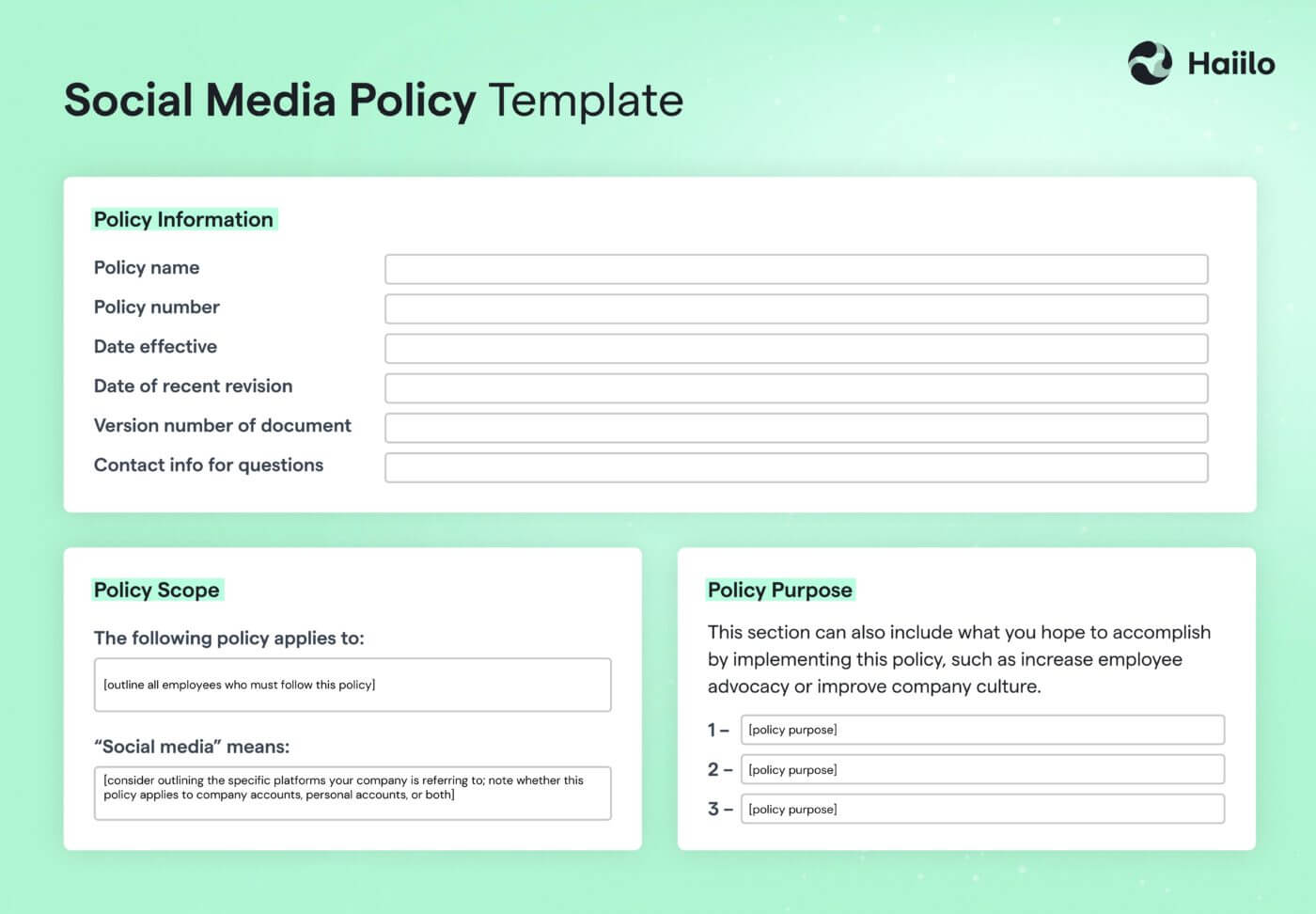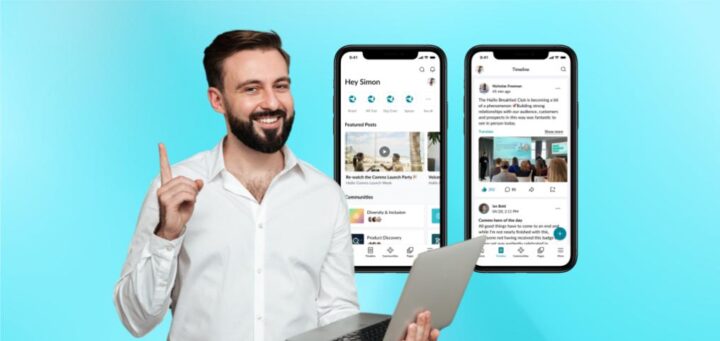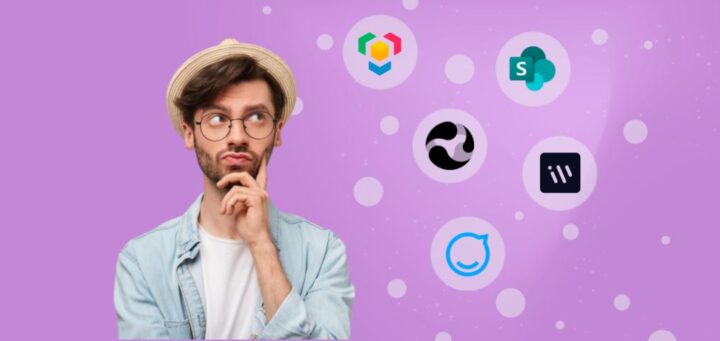Paid ads are an important part of every marketing strategy. The fact that paid ads can bring instant results is what attracts marketers to invest in paid strategy.
In this blog, we will talk about the importance and benefits of paid advertising. We will cover some of the must-follow best practices, and we will also cover some of the more cost-effective alternatives.
Paid Advertising Defined
Unlike earned or owned advertising, paid advertising is any kind of advertising that you have to pay for.
With paid advertising, marketers pay the owner of an ad space, such as Google and Facebook, in exchange for use of that space to showcase their products and services.
The price paid for the ad space is often determined through a bidding process between marketers and the ad space owner (example: pay-per-click (PPC), pay-per-impression (PPI), and display ads). Some content syndication providers, however, have fixed pricing for their ads spaces.
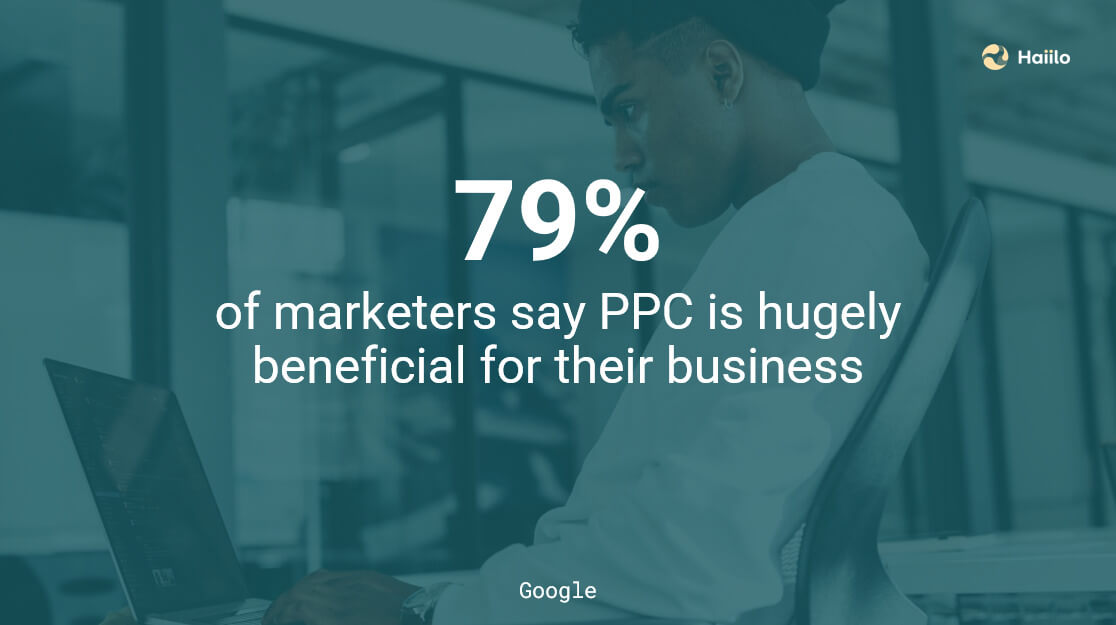
Some marketing professionals refer to paid ads as biddable media or PPC advertising. PPC stands for Pay-Per-Click advertising (you pay every time someone clicks on your ads).
💡 Learn about the best ways to boost engagement on your social media profiles!
Types of paid ads
There are different types of ads providers that sell their online space. However, some of the most common types include:
- Social media marketing – paid ads on social media platforms such as Facebook, Instagram, LinkedIn, Twitter, and others.
- Search engine marketing (SEM) – advertising on popular search engines such as Google and Bing, showing relevant ads on search results. There are several types of ads, and some include Google Shopping ads, text ads, responsive ads, and local service ads.
- Display marketing – advertising through providers such as Google by buying ads space on relevant websites. One of the most common types of display ads is remarketing which companies use to bring back their past visitors to their websites.
- Influencer marketing – advertising through influencers leveraging their existing audiences and networks. Usually, influencers have expertise, knowledge, and strong relationships with their audiences. People trust their recommendations and want to have a similar lifestyle, products, etc.
- Content syndication – advertising on relevant websites that don’t allow Google ads but sell their own ads space. Many organizations use content syndication to improve their content distribution efforts.
The Benefits of Paid Ads (15 powerful stats)
While some marketers prefer to focus on earned and owned media, particularly those who don’t have extensive marketing budgets, there are many benefits of paid advertising.
One of the biggest benefits of paid ads is quick results. Another big advantage is various targeting options and the ability to reach a global audience. There is no other advertising channel that can bring immediate results as paid advertising can.
Let’s take a look at a few powerful statistics that really prove the power of paid ads:
- 79% of marketers say PPC is hugely beneficial for their business.
- Google ads statistics show that every $1 spent on paid ads brings businesses $2 ROI.
- The average CTR of paid search ads from the first position is 7.94%.
- Google Ads’ Display Network reaches 90% of internet users via 2 million websites.
- General PPC statistics tell that PPC is profitable for 79% of marketers.
- PPC ads allow companies to increase their brand awareness by 80%.
- 97% of consumers use the internet to search for local businesses.
- In a survey with over a thousand respondents, 80% of said they are more likely to purchase from companies that run personalized ads. Paid advertising allows you to do this
- Google ads bring 65% of clicks from ads containing buying keywords.
- Users who click on PPC ads on Google are 50% more likely to make a purchase than those that come to the same website through organic results.
- Top 3 sponsored ads drive 41% of all clicks made by users on Google.
- In another survey, 90% of respondents said paid ads influence their purchasing decisions.
- Online users following PPC ads are 50% more likely to convert than those using organic search.
- 32% of brands invest in PPC ads to sell their products instead of promoting the company.
- Customers are up to 70% more likely to buy your product when you use retargeting.
💡 Check out these 8 steps to implement a killer social media strategy!
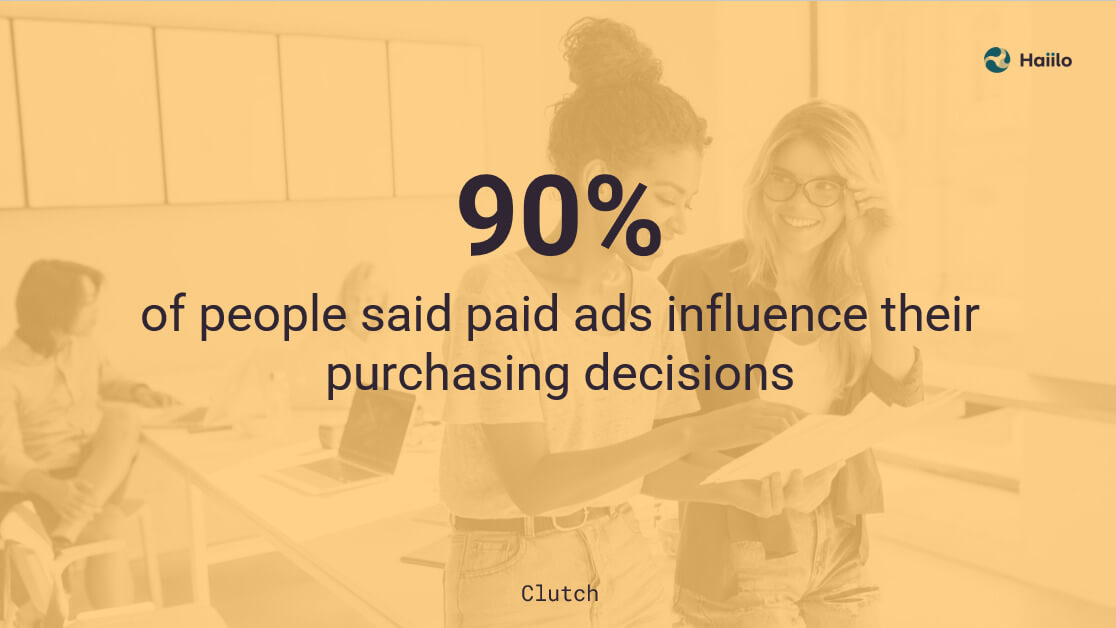
3 Downsides of Paid Ads
Even though pay-per-click advertising have many benefits, there are also some downsides to consider when implementing your paid strategy. These are the biggest cons of paid ads:
Cost
Paids ads can be very costly. The bidding war for keywords is very intense, especially for keywords with a higher buying intent (which usually bring high quality leads and customers).
Furthermore, if you are using Google for paid ads, you usually pay for every click, even if someone accidentaly clicks on your ad. Since clicks are just half of the battle, some marketing teams prefer other marketing channels to generate marketing-sourced revenue.
Short term
Longevity is another downside of paid ads. They work as long as you pay for them. Unlike some other tactics such as SEO, pay-per-click advertising is a short-term solution to generate desired marketing outcomes.
This is why parformance marketing should make just a piece of your overall marketing startegy. Investing in organic traffic may take longer, but the results can last for years.
Consumers’ perceptions
Do you click on ads on Google? Many people don’t because they know that paid search results are not based solely on relevancy. Oftentimes, consumers find organic search results on Google much more relevant and valuable than the ads for which companies pay money to get ranked.
Furthermore, many people today use ad blockers.
6 Paid Ads Best Practices to Follow
Paid advertising can get pretty complex. There are so many different channels to leverage. However, there are certain best practices every marketing professional should consider. Let’s take a look at them.
1. Clearly define your ICP and buyer persona
Too many marketers still neglect this crucial step. Before you even start advertising, it is important that you understand and clearly define your ideal customer profile and your buyer persona.
This is the only way to leverage all the targeting options various platforms offer. For example, with Twitter, you can create your own custom CRM with an audience that is very specific and narrow.
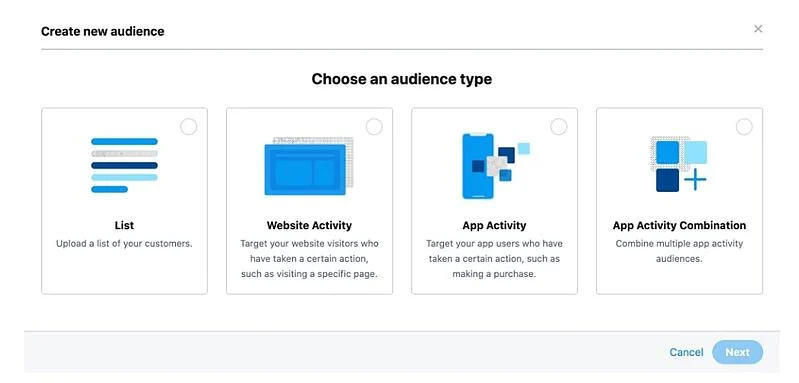
2. Set clear conversions
Clicks, impressions, and click-through rate (CTR) may be important metrics when analyzing paid marketing campaigns. However, it’s not enough to analyze these metrics. Instead, focus on conversions.
For example, a high reach and CTR may look like your campaigns are performing well. But if you have a high click-through rate and low conversion rate, this is a sign that your landing page needs optimization.
3. Create designated landing pages for targeted keywords
Bringing website visitors to your homepage for various different keyword clusters is not the best practice. While it may be too hard to create a designated landing page for all these clusters, it’s worth the investment.
If you are already targeting people searching for certain keywords, it is important to provide relevant content, services, and offerings. On the contrary, your conversions will probably be low. Luckily, Google offers Quality Score metrics that can give you good insights into the quality of your landing pages.
By optimizing your Quality Scores, you’ll be setting yourself up for higher return on investment (ROI).
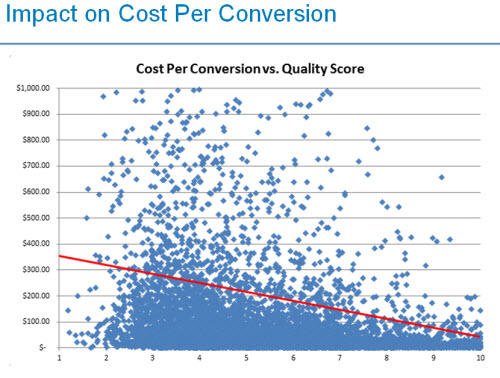
4. Experiment with different channels
Most marketers focus on social media advertising platforms that have the largest audiences and daily users.
However, there are some niche platforms that focus on specific audiences. For example, if you are targeting a more technical audience based in the United States, you should consider Reddit ads. As of August 2021, the company is valued at $10 billion, following a recent funding round of $410 million.
With more than 430 million monthly active users and over 100,000 active communities, it’s ranked among the most popular social networks worldwide.
Unlike many other platforms, Reddit communities are very engaged and active.
5. Always be data-driven
One of the biggest advantages of paid search compared to many other marketing tactics is the ability to measure and make data-driven decisions.
If you are in B2B in a tech company, you can even go a step further than just measuring conversions. Work with your sales team to understand the quality of leads coming from different paid channels and campaigns. This is the best way to understand how to better allocate your advertising budget.
6. Enforce a mobile-first mindset and don’t neglect voice search
In the past few years, Google has been making significant changes in its mobile algorithm. For B2C companies particularly, mobile advertising is crucial. According to a recent Google study, 74% of mobile users use a search engine as part of their research process. 93% of these users then go on to make a purchase.
Also, more and more mobile users use voice search to look for products and services. Hence, don’t forget to optimize your paid ads for voice search. According to research, one in five mobile searches were made by voice search.
Consider employing ad-tracking platforms like Voluum, which can significantly enhance this process by providing detailed analytics and insights into the performance of your paid search campaigns. This allows you to optimize your strategies based on real-time data and maximize your ROI.
Top 3 Low-Cost Alternatives to Paid Ads
Earlier, we have identified a few very important advantages of paid ads. However, there are certain downsides to be aware of. While paid ads can bring immediate results, they also work only when you have a budget to spend. If you are in a competitive industry, paid ads can get quite expensive.
So let’s take a look into a few low-cost alternatives to paid ads.
1. Search Engine Optimization (SEO)
The fact that 68% of online experiences begin with a search engine proves the importance of optimizing content for search engines. Furthermore, 70% of online marketers say that SEO is better than PPC for generating sales, and 86% of people ignore paid banner ads, choosing to only click on organic search results.
Even though SEO is a long-term game, it’s worth the investment. The reason why many marketers invest in SEO is that it builds trust and credibility, and it doesn’t require big dollar amounts to work.
2. Co-marketing
There are probably many players in your industry that target the same ICP and buyer persona and are not competing with you directly. Partnering with such companies can be a very efficient way to drive leads and new sales.
Leveraging each others’ audiences is a perfect, and affordable, way to reach a relevant audience in an organic way.
So do some research to identify those companies and get in touch with them today!
3. Employee advocacy
Employee advocacy is undoubtedly the most efficient and cost-effective alternative to paid ads. There is plenty of research that proves the real power of employee advocacy. Moreover, throughout the past few years, organizations are becoming more aware of what they could achieve if their employees were acting as brand ambassadors.
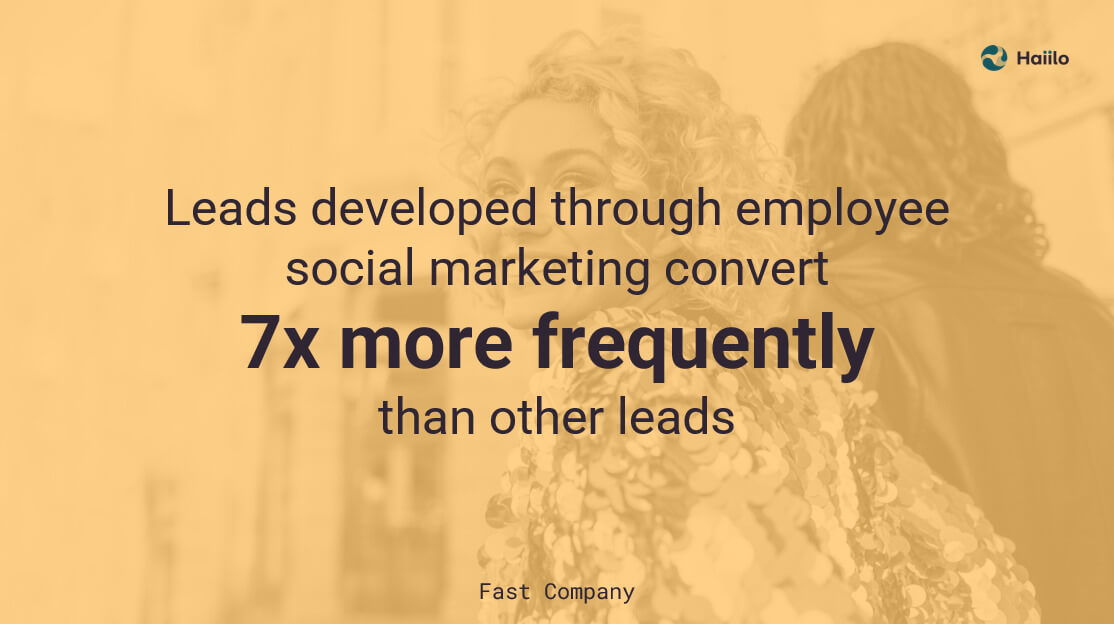
According to Entrepreneur, social media content shared by employees gets 8 times more engagement than content shared through the brand’s own social channels and is shared 25 times more frequently.
Furthermore, according to Fast Company, leads developed through employee social marketing convert 7 times more frequently than other leads. Another research proved that 84% of people trust recommendations from people they know more than any other form of advertising.




